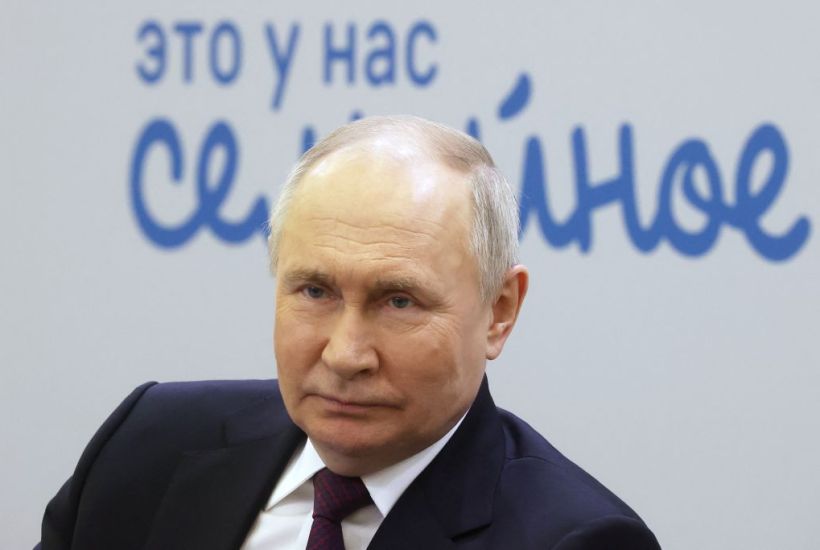President visits part of his own country. Shock. Vladimir Putin’s visit yesterday to the Russian exclave of Kaliningrad, perched precariously on the other side of the Baltic states, was not, as some overheated commentary has claimed, a threat to Nato. Rather, it was a sign of his renewed need to campaign domestically.
Already a subscriber? Log in
Subscribe for just $2 a week
Try a month of The Spectator Australia absolutely free and without commitment. Not only that but – if you choose to continue – you’ll pay just $2 a week for your first year.
- Unlimited access to spectator.com.au and app
- The weekly edition on the Spectator Australia app
- Spectator podcasts and newsletters
- Full access to spectator.co.uk
Or




















Comments
Don't miss out
Join the conversation with other Spectator Australia readers. Subscribe to leave a comment.
SUBSCRIBEAlready a subscriber? Log in